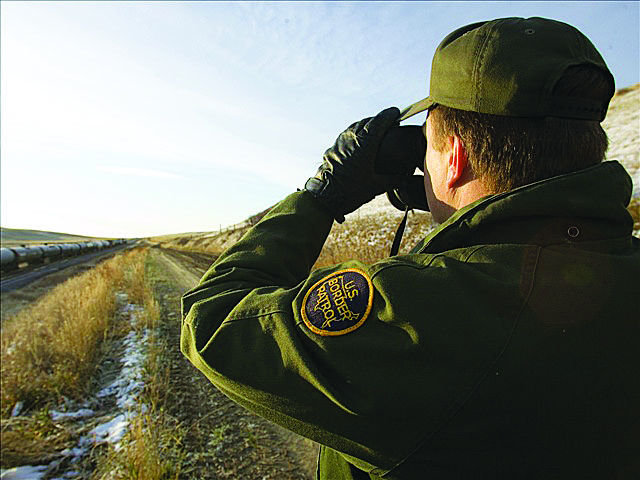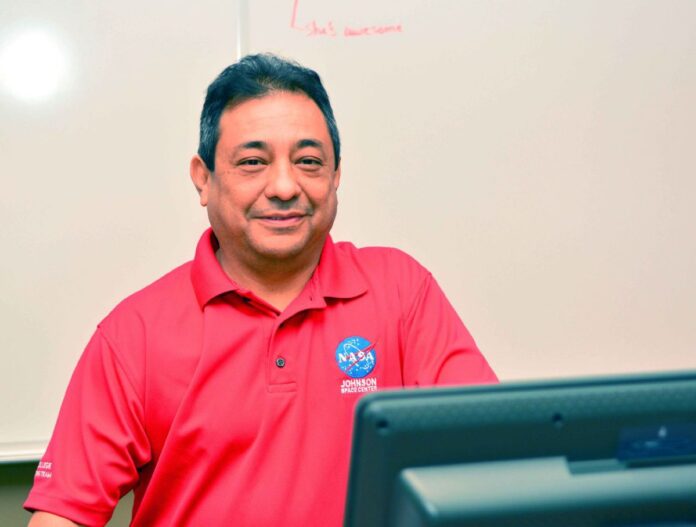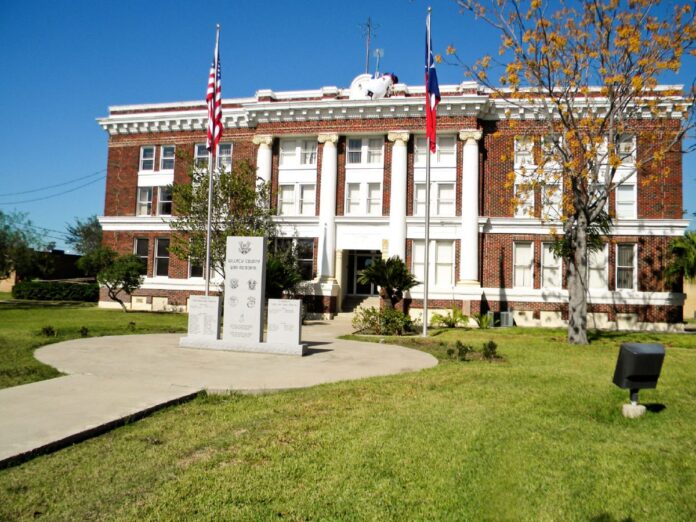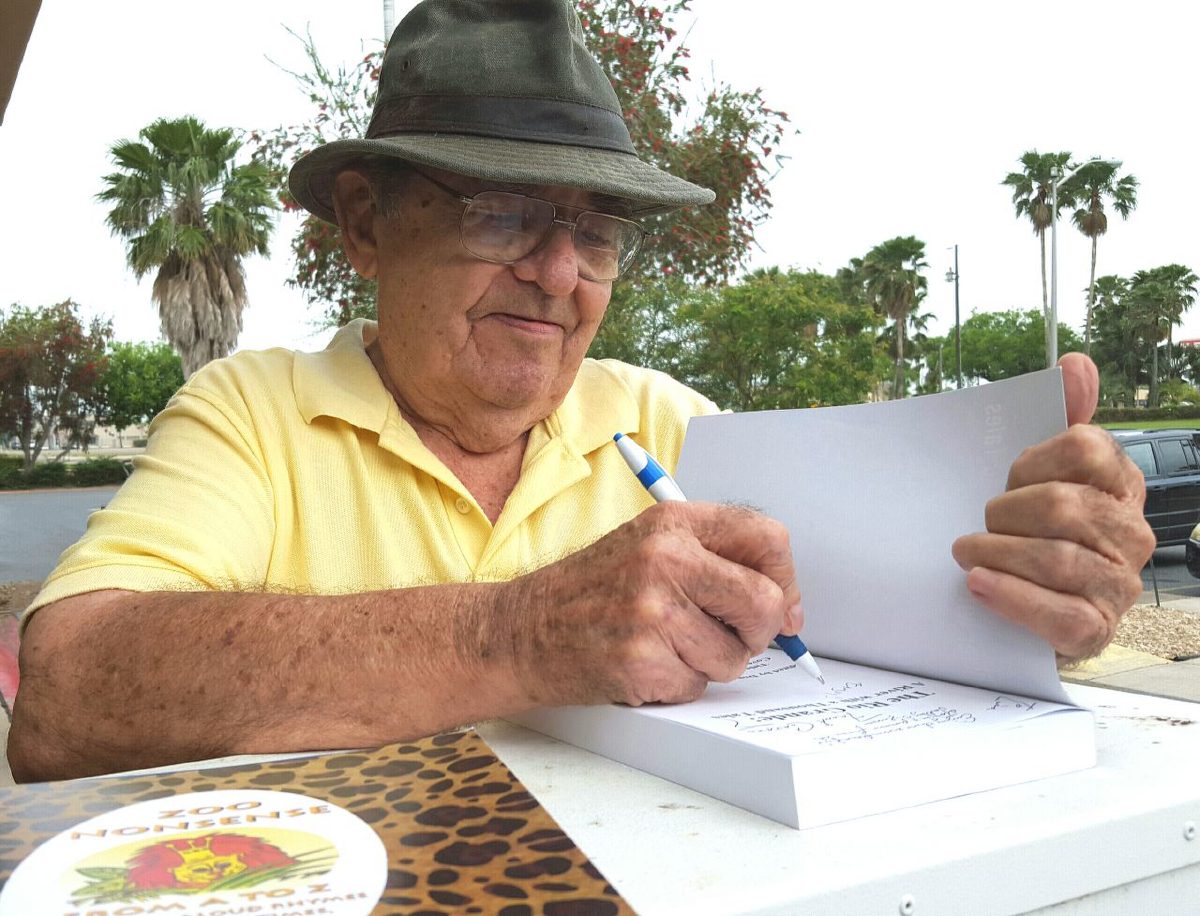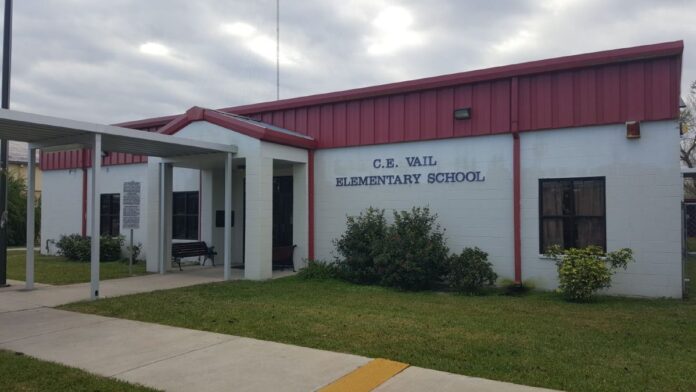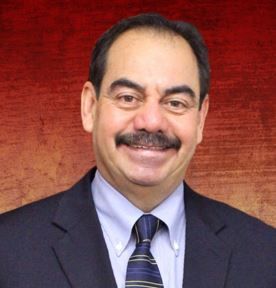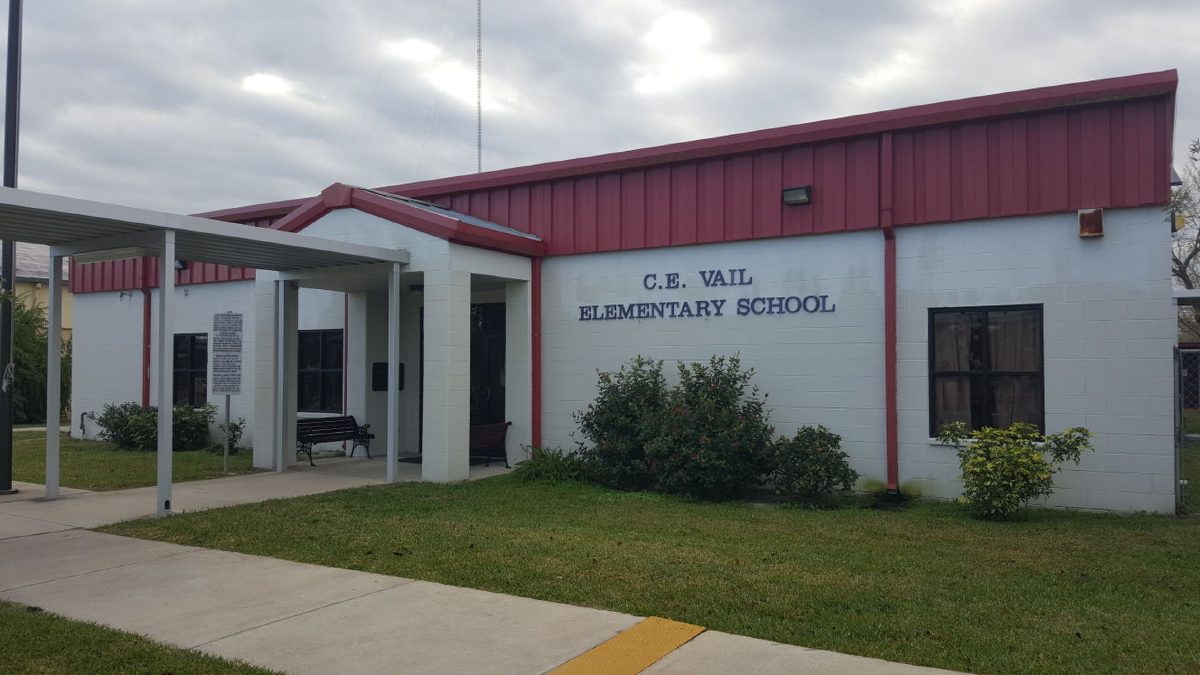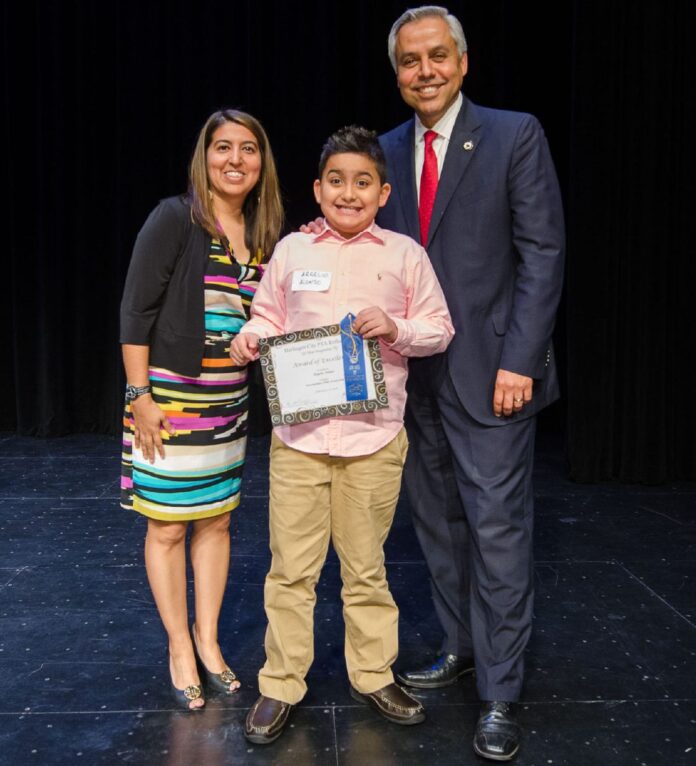Officials last week spoke up about the Obama administration’s so-called “catch and release” policies blamed for hindering Border Patrol operations and encouraging illegal crossers coming into the United States.
A recent letter from the National Border Patrol Council states a high-ranking member of the Obama administration confirmed to Border Patrol agents they have no intention of removing illegal border crossers who are being released with an order to appear in court.
Brandon Judd, president of the American Federation of Government Employees National Border Patrol Council, states in the letter published on March 21 that he and two other Border Patrol agents met with Department of Homeland Security Deputy Secretary Alejandro Mayorkas to discuss concerns about the administration’s policy of releasing illegal crossers into the United States.
During the meeting, which took place on August 26, 2015, Mayorkas confirmed to the agents that the administration has no intention of removing immigrants coming across the border illegally as part of the ongoing surge, according to the letter.
“Why would we NTA (issue a Notice to Appear to) those we have no intention of deporting?” said Mayorkas, according to the letter. “We should not place someone in deportation proceedings, when the courts already have a 3-6 year backlog.”
In the letter, Judd blames President Obama for undermining immigration laws and having his political appointees implement policies that contradict enforcement priorities. He also states this lack of enforcement undermines the nation’s immigration system and encourages illegal immigration.
“Rather than take the steps necessary to end the border surge, the Obama Administration is encouraging more to come by forcing Border Patrol agents to release unlawful immigrants into the United States with no intention of ever removing them,” Judd states.
Chris Cabrera, local Border Patrol council president, said there are no consequences for people coming over illegally and the hundreds of thousands of dollars spent trying to divert illegal immigration are pointless without enforcement.
USAID, a government agency working to end global poverty, spent more than $141 million in fiscal year 2013-2014 in Guatemala alone, according to a 2014 Congressional Research Report. This money is meant to help the countries fight crime, violence and lack of opportunities to deter illegal immigration into the U.S. Congress is currently working out a new Alliance for Prosperity plan aimed at adjudicating more than $1 billion in aid to all of Central America.
In fiscal year 2015, about 331,000 illegal crossers were apprehended on the Southwest border, which includes the Rio Grande Valley sector, down from nearly 480,000 the previous fiscal year. More than two-thirds of people apprehended in the RGV sector are from Central America, according to BP statistics.
Cabrera said the recent drop in apprehensions is not a result of this money being spent in Central America but a consequence of agents being forced to “babysit” large groups of illegal crossers and leaving large parts of the border uncovered.
“People are getting away,” Cabrera said, “It’s just that no one wants to admit that people are getting away.”
“What they are doing is like a backdoor amnesty or an amnesty through policy,” he added. “They can’t get everybody in the right way so they are just going to release everybody on their own recognizance pending a court date that hasn’t been set, knowing that over 85 percent of the people don’t show up for the court date.”
Since 2005, unaccompanied minors summoned before a judge face an 83 percent chance of deportation either by removal order or voluntary departure On the other hand adults, who are not Mexican nationals, face about a 50 percent chance of deportation, according to the Transactional Access Records Clearninghouse, a Syracuse University-based project that tracks data from Immigration and Customs Enforcement and other federal agencies.
Cabrera said he is not anti-immigration he is just anti-illegal immigration. In 2014, the Rio Grande Valley became the busiest sector in the U.S. for illegal crossers. That same year, more than 69,000 unaccompanied minors came across the Rio Grande, causing an unprecedented humanitarian and law enforcement crisis.
Sen. John Cornyn, R-Texas, said during his visit to the Valley last week the border is safer than it’s been in the past, but there is a lot more that can be done, including building a virtual wall and enforcing immigration law.
“The idea that law enforcement officials should have to engage in some sort of prosecutorial discretion and allow people who are blatantly violating our laws to stay in the United States because they’ve been told by their higher ups that you can’t enforce the laws against these people unless they commit crimes like rape, murder and other street crimes, is a disservice to them and a disservice to the country.” Cornyn said.
He said the detention facilities being used to incarcerate single moms and young children as they wait their turn before an immigration judge are controversial but are an important part of the judicial process and help discourage illegal crossers.
“Catch and release does nothing but encourages more people to come and it doesn’t deter them nor does it give people with bona fide claims to stay under American law an opportunity to present those claims to an immigration judge,” Cornyn said.
“I know our Border Patrol and law enforcement is doing more and doing a better job than they’ve done before and part of it is lessons learned over many years and huge investments made in terms of boots on the ground and technology and integrating a lot of those systems,” he added.
Presidential hopeful Donald Trump has proposed building a wall, larger than the 700-mile border fence already in place, to stop people coming into the U.S. illegally, but many who work along the fence don’t see it as the “be all end all” answer to this problem.
“You can’t just put up a fence and hope that it’s going to stem the flow,” Cabrera said. “We put an 18-foot wall and they came with a 19-foot ladder.”
Despite Cabrera’s views on the Trump wall, the Border Patrol council officially endorsed Trump for president Wednesday. This is the first-ever presidential candidate in a primary to be endorsed by the council, according to its Facebook page.
“Mr. Trump will take on special interests and embrace the ideas of rank-and-file Border Patrol agents rather than listening to the management yes men,” reads a union statement. “This is a refreshing change that we have not seen before — and may never see again.”
Cabrera said Trump is the only current candidate that has reached out to their council and established a dialogue with them. The National Border Patrol Council represents 18,000 agents nationwide.

